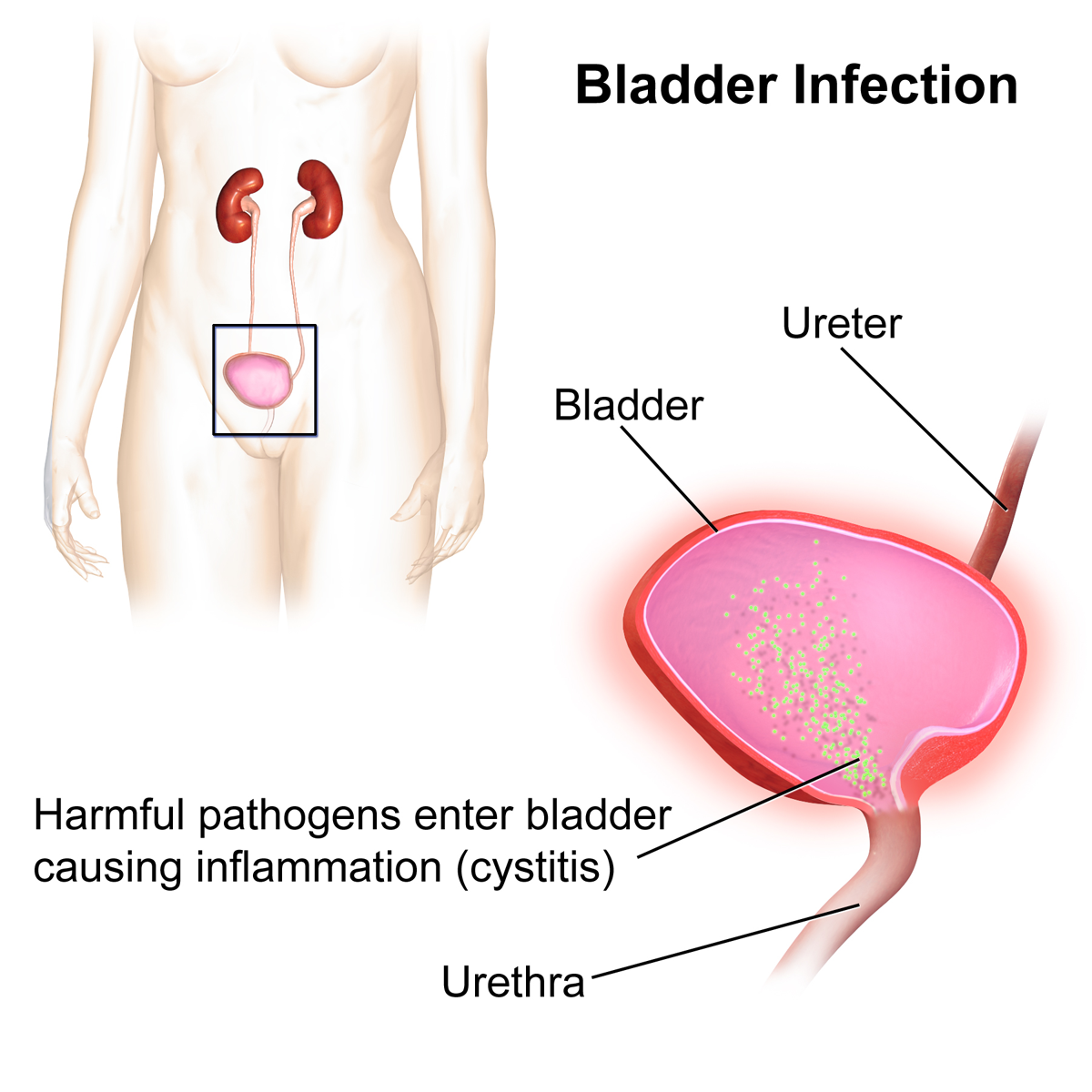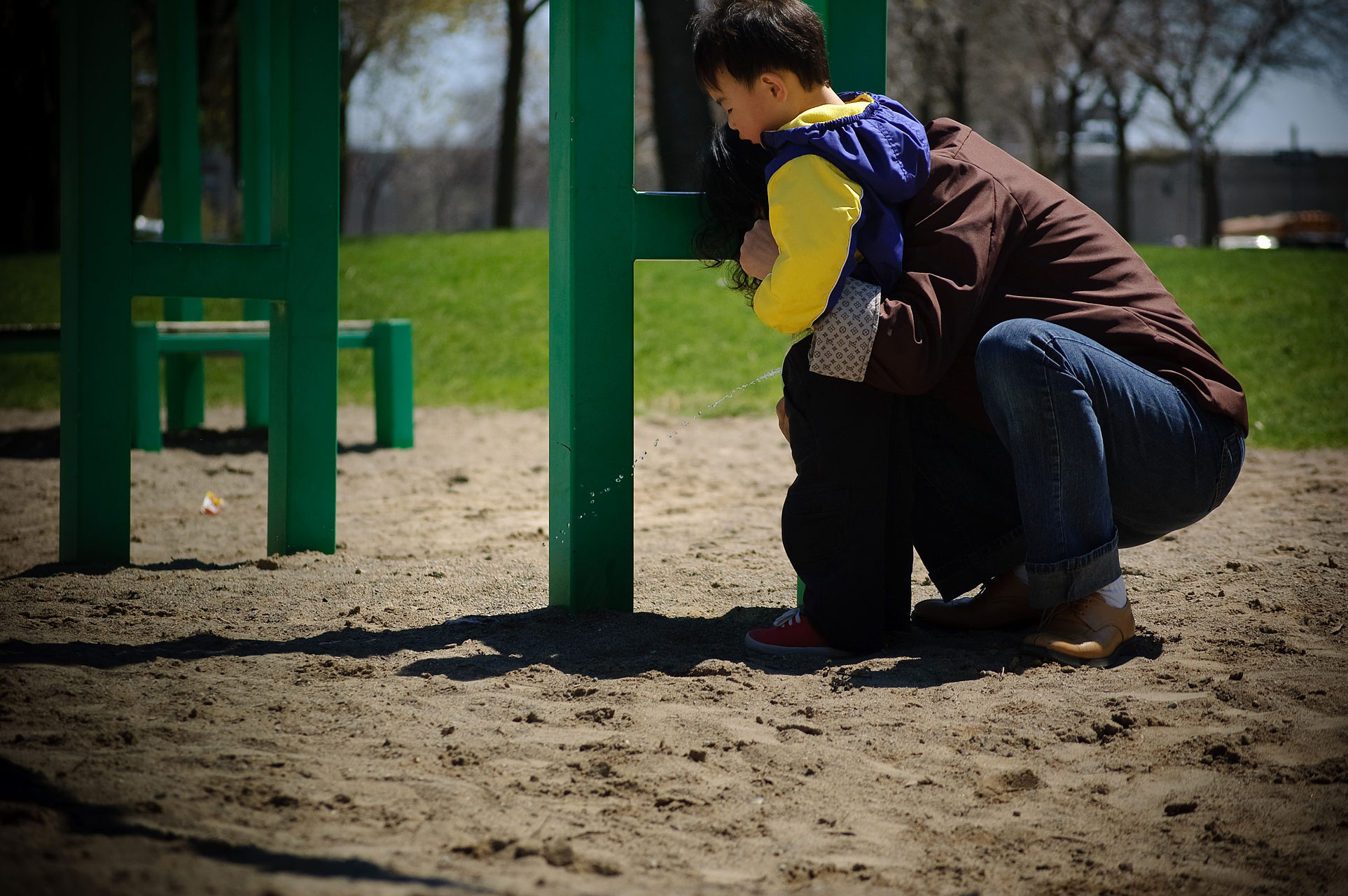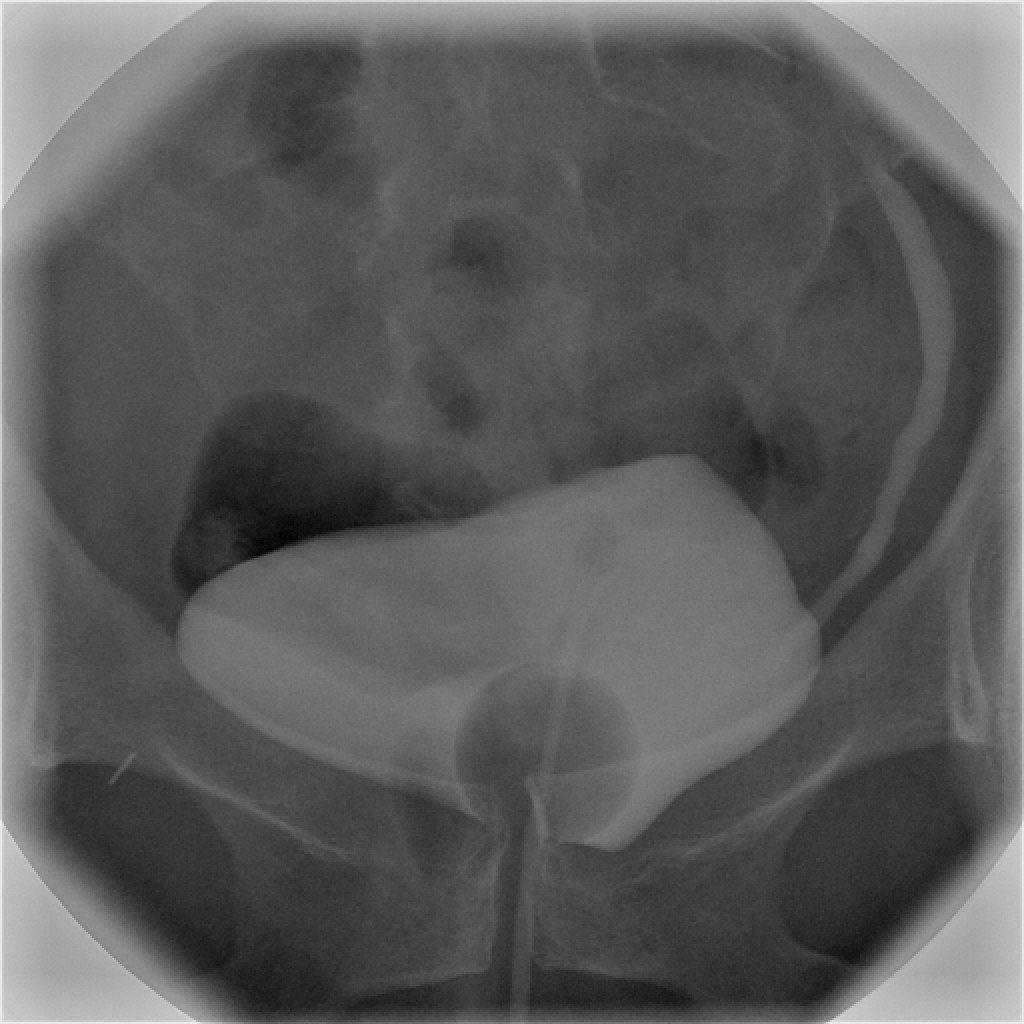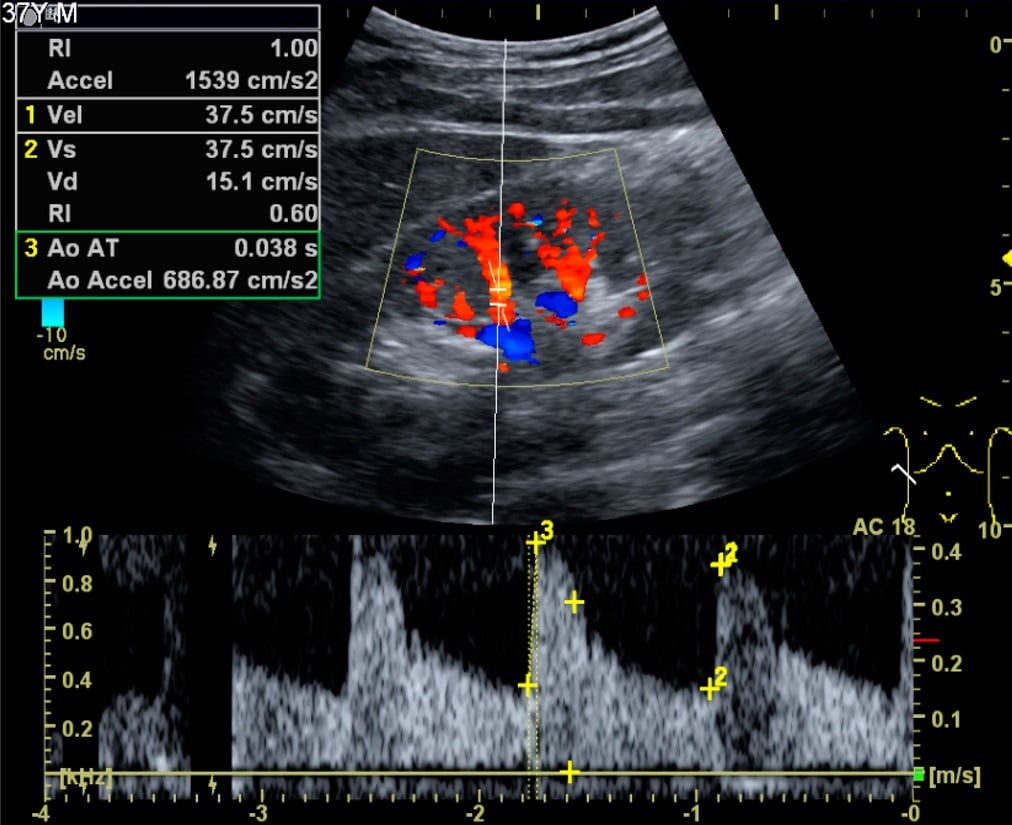Pediatric Urinary Tract Infections
What is a urinary tract infection?
A urinary tract infection or UTI refers to an infection in the urinary system, which has four components. The urinary system is made up of the kidneys, which filter blood to produce urine; the ureter, a tube that urine travels down to the bladder; the bladder, which stores urine until urination occurs; and the urethra, the tube through which urine passes out of the bladder during urination.

Anatomy of the Urinary Tract
In the first six to 12 months of life, UTIs are most likely to occur in boys than girls. There is also a higher incidence of UTIs in uncircumcised boys during the first year. After the first year, girls experience more infections because they have a short urethra allowing the bacteria to reach the bladder easily.
What are the symptoms of urinary tract infection?
The symptoms of urinary tract infection in children depend on the child’s age. In infants, parents may notice irritability, unexplained fever, vomiting, diarrhea, anorexia and failure to thrive. Since these are generalized symptoms in most infants, the only way the pediatrician can determine if the infant has a UTI is by taking a urine culture. In order children, a UTI is suspected if the child complains of burning with urination, frequent or urgent urination, lower abdominal pain, and back pain.
How are urinary tract infections treated?
UTIs must be promptly treated. Cystitis, an infection of the bladder, can lead to a more serious kidney infection. They must be treated with antibiotics for three to five days. Children with a kidney infection, pyelonephritis, usually have a high fever and require antibiotics for 10-14 days. Some children with a kidney infection must be hospitalized.
What are risk factors for urinary tract infection?

There are risk factors for urinary tract infections in children. Some children have a voiding abnormality and their bladders may be immature with a small capacity for holding the urine. Children with this abnormality experience frequent urination, urgency, and wetting. Other children void infrequently. Most often, these are older girls who can urinate two or three times per day (normal is eight to 10 times in 24 hours). They usually have infrequent bowel movements as well. Many do not empty their bladders completely.
What is vesicoureteral reflux?
Vesicoureteral reflux, a common condition in which the bladder urine flows back from the bladder into the drainage system of the kidney, can lead to a kidney infection.

Reflux is a condition people are born with and it tends to run in families. Approximately one-third of children with UTIs will have reflux. Surgery is sometimes necessary to correct reflux; however, most are treated medically until they outgrow their reflux. If reflux is not identified and treated properly, the patient can later develop hypertension, renal disease, the need for dialysis, and/or renal abscesses.
How is urinary tract infection evaluated?
Children diagnosed with urinary tract infection under the age of five should have a complete evaluation, which would include a bladder and kidney ultrasound and a bladder x-ray known as a VCUG (voiding cyst urethrogram).

Children with recurrent UTIs must also be evaluated to identify abnormalities which determine the best kind of treatment. Some children with UTIs have poor voiding habits. Parents should encourage these children to drink enough fluids to flush their bladder frequently and establish a regular voiding schedule to avoid recurrent infections. Other causes of recurrent urinary infections in children are due to improper wiping (remember from front to back). Taking a bath can cause UTIs, especially in girls because the bacteria in the bath water can ascend into the bladder. UTIs are not associated with bubble bath, although the bubbles may cause urethral irritation and mimic a UTI. Patients with poor hygiene or who have diarrhea may also develop urinary tract infections.
References: Rourke E, Kraus SR and Liss MA. Adult urinary tract infections. American Urological Association Update Series 2017, Volume 36, Lesson 37.
Hickling DR and Nitti V, Recurrent urinary tract infections in healthy premenopausal and postmenopausal women, American Urological Association Update Series 2012, Volume 31, Lesson 10.
Contact us to request an appointment or ask a question. We're here for you.




